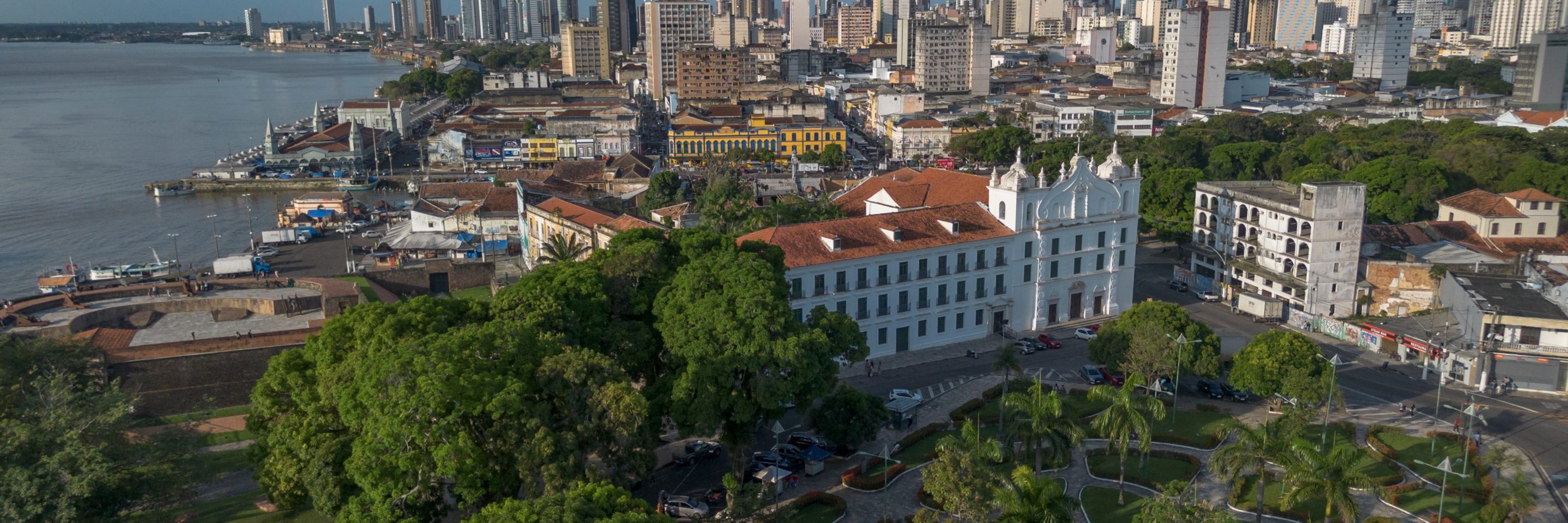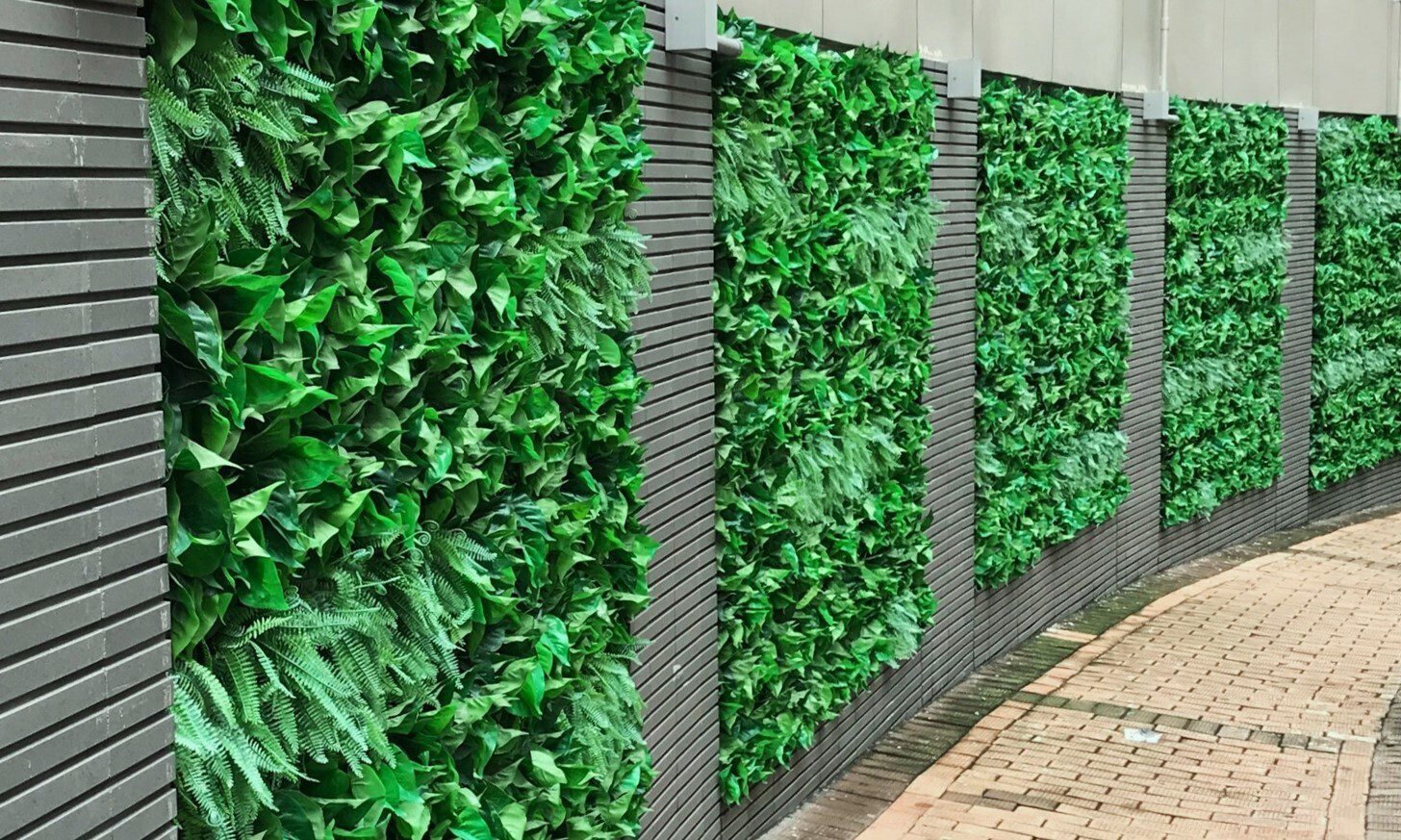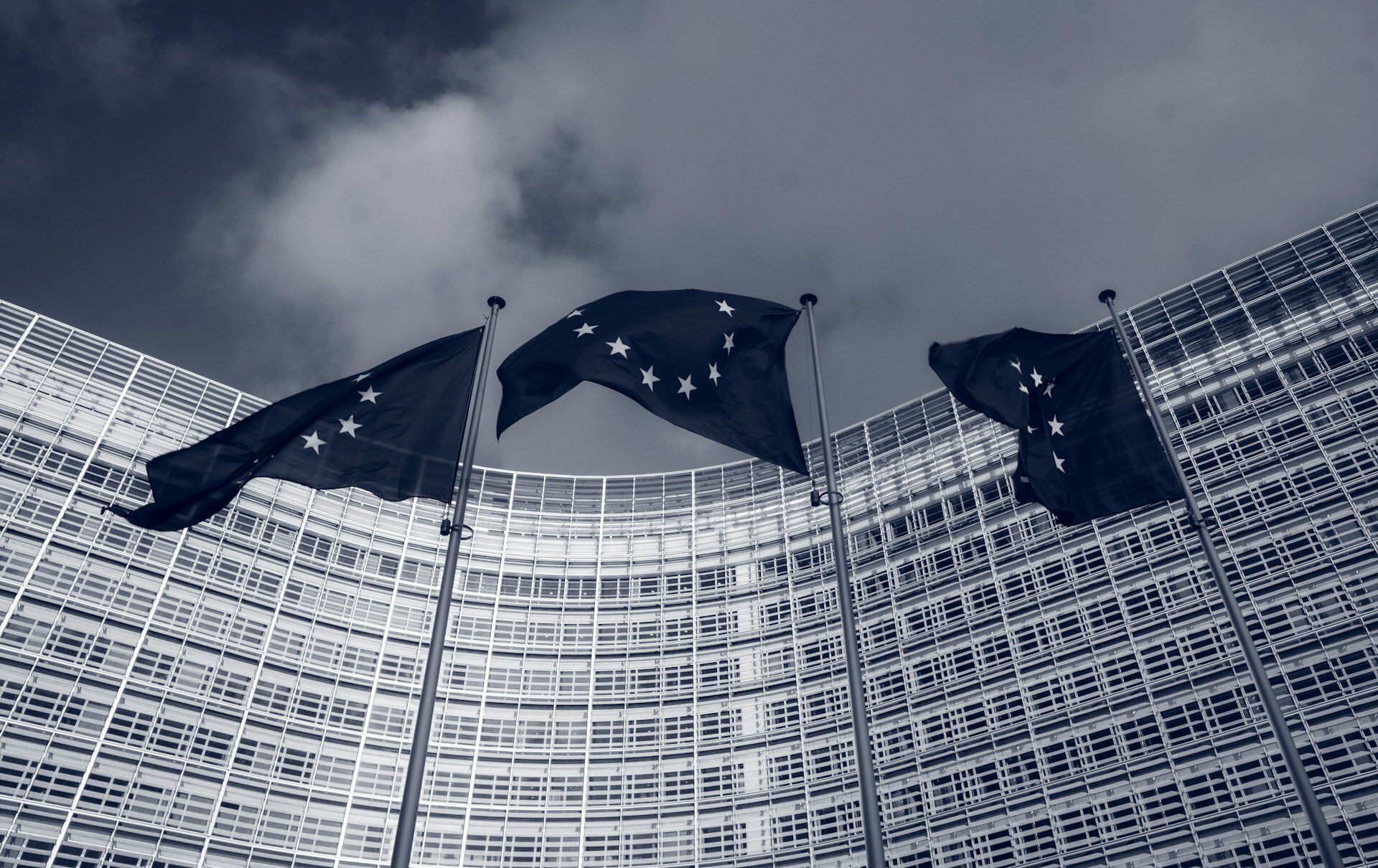
COP30 takes place from 10th to 21st November, 2025 in Belem, Brazil.
Latest in the series of COP (Conference of the Parties) climate meetings, COP30 has been no stranger to controversy even before it begins.
Just months before COP30, Brazil’s federal environmental agency approved plans for offshore drilling near the mouth of the Amazon, and rock blasting along a river in the rainforest.
Meanwhile, Brazil’s Congress is moving to make it more difficult to recognise Indigenous land, and easier to build infrastructure in the rainforest.
These actions appear to fly in the face of the country’s president’s claims to be an environmental defender whose administration has made progress in slowing deforestation in the Amazon.
Protecting the environment was a central platform of the Brazilian president’s campaign in 2022, and yet even for delegates to access COP30, it was necessary to build a road that impacts the Amazon rainforest.
Whilst it is claimed that the road will provide a framework for post COP30 climate action and investment opportunities, its construction is concerning.
The Amazon rainforest is often referred to as the ‘lungs of the Earth’, but its role in global warming and climate change is undervalued by such a simple description.
Specifically, the Rainforest is critical for:
1. Enormous levels of Carbon Storage, acting as a gigantic ‘Carbon Sink’
a. The Amazon contains around 150-200 billion tonnes of carbon stored in its trees, plants and soils. This is equivalent to 15-20 years of global CO2 emissions at current rates
b. Through photosynthesis, the forest absorbs billions of tonnes of CO2 from the atmosphere each year, helping to arrest global warming
c. When trees are cut, burned or die, this stored carbon is released as CO2, accelerating climate change – deforestation and fires have already made some parts of the Amazon a net carbon source instead of a sink
2. Deforestation and emissions
a. Deforestation, for agriculture, cattle, ranching, mining and logging releases enormous amounts of CO2. The Amazon currently contributes circa 2-3% of global annual greenhouse gas emissions from deforestation and degradation
b. Between 1970 and today, the Amazon has lost around 20% of its original forest cover, and another 10-15% is degraded
c. If deforestation continues, the forest will reach a ‘tipping point’ (estimated by scientists to be circa 25% loss) which could move it to a savanna-like ecosystem, releasing circa 90 billion tonnes of CO2 and severely disrupting global rainfall
3. Regulating rainfall and weather systems
a. The Amazon produces vast quantities of water vapour through evapotranspiration, allowing moisture to be released by trees that form clouds and rainfall
b. This process helps drive weather systems across South America and also influences global climate patterns. For example, the Amazon’s ‘flying rivers’ send moisture south to feed rain in the agricultural regions of Brazil, Argentina and beyond
c. Forest loss weakens the cycle, making the region hotter and drier, increasing drought and fire risks which, in turn, worsen forest dieback and CO2 emissions
4. Climate regulation beyond CO2
a. The Amazon influences surface temperatures, wind patterns and atmospheric circulation
b. Its ‘canopy’ reflects sunlight and absorbs heat to stabilize the Earth’s energy balance
c. Loss of forest cover alters surface reflectivity, which can increase both regional, and global warming
5. Biodiversity and ecosystem resilience
a. The Amazon is home to 10% of all species on Earth
b. This biodiversity underpins ecological resilience which ensures ecosystems are able to adapt to climate stress and store carbon efficiently
c. Losing biodiversity can weaken the forest’s ability to recover from droughts, fires, or temperature changes, moving it closer to collapse
6. Indigenous stewardship and knowledge
a. Indigenous peoples manage and protect vast tracts of Amazon forest and their territories often have significantly lower deforestation rates than unprotected areas
b. Protecting Indigenous rights and traditional land management is increasingly being seen as a key climate strategy, not just a social strategy
7. The global tipping point
a. Scientists are Warning that the Amazon could reach an irreversible tipping point within decades if deforestation and warming continue
b. Beyond around 3-4% of global warming, or 25% forest loss, rainfall declines and large areas could collapse into dry savanna
c. This would release vast stores of carbon, disrupt rainfall across continents, and make the Paris Agreement (COP21) 1.5ºC global wrming target almost impossible to meet
The importance of COP30 in Belem cannot be understated.
As a still disappointingly low number of countries are in a position to submit their climate change action plans, and as one of the world’s largest greenhouse gas emitters, the United States, declines to attend the COP, what can we expect from COP30?
I believe there are six expectations we should be looking for:
Strengthening of national climate commitments (NDCs)
- Countries should be expected to update their Nationally Determined Contributions (NDCs) to align with limiting warming to 1.5ºC above pre-industrial levels and reflect the findings of the first Global Stocktake
- Around 100 countries, (or two thirds of global emissions) have signalled new or updated targets ahead of COP30
Mobilisation of climate finance, especially for developing countries
- Following the outcomes of COP29, there is a framework for a ‘New Collective Qualified Goal’ (NCQG) to mobilise at least $1.3 trillion per year for climate action in developing countries by 2035
- At COP30 it is hoped that a credible ‘Baku-to-Belem roadmap will be presented that demonstrates how public and private finance will scale towards the target
Acceleration of the energy transition, and reductions in fossil-fuel dependence
- A key aim will be to accelerate use of renewables, boost energy efficiency and phase out fossil fuel subsidies as well as the production and consumption of fossil fuels, guided by the 1.5ºC pathway
- There is an increasing focus on non-CO2 greenhouse gases such as methane, and broader sectors of transition
Improvement of adaptation, nature-based solutions, and addressing loss and damage
- You may have noticed increasing rhetoric from politicians and climate interested parties around ‘adaptation’ where once it was ‘mitigation’
- This change of tone should be reflected in COP30 through advancement of the Global Goal on Adaptation (GGA) with the agreement of indicators and work programmes for measuring adaptation progress
- Nature, forests, biodiversity, and food and land systems are also expected to be emphasized in the form of commitments to halt and reverse deforestation, the embedding of nature-based solutions, and integration with climate goals
- The issue of loss and damage remains high on the agenda, especially for more vulnerable countries and economies
Better governance, accountability, and implementation
- COP30 will aim to send a signal that the global climate regime is moving from negotiation to delivery and implementation, with a new emphasis on what is ‘done’ rather than what is ‘promised’
- This should include clearer metrics, greater harmonization, more transparency, alignment of finance flows with climate goals, and stronger institutional frameworks
Mobilisation of resources beyond governments
- The COP30 Action Agenda will focus on non-state actors such as businesses, cities, investors and civil society, turning voluntary commitments into actions
- The tone should emphasise a just and inclusive transition, ensuring no country or community is left behind
From the above it is clear to see that there are a number of outcomes of particular importance in the context of COP30, including:
The gap between the deliverables from current commitments, and what is needed, remains stubbornly large. Current NDCs, for example, will deliver perhaps 11-24% emission reductions by 2035, which is far below the circa 60% needed to align to the 1.5ºC pathway
Finance remains a bottleneck to progress. Moving from pledges to accessible funds, especially for adaptation, nature-based solutions, and vulnerable countries
The energy transition must be just, equitable and sufficiently rapid, especially across sectors with different geographies
Nature, forests and land use must be integrated with climate mitigation and adaptation, rather than treating them as independent issues
Critically, it is hoped that COP30 will turn announcements into implementation which means governance, monitoring, accountability, and financing systems in place to make good on promises
As we enter the 2025 COP period, many people will be asking what ‘success’ will look like. This is a difficult question to answer although if COP30 can be the COP of action, then it will have moved things forward significantly.
Some of the other ‘success’ markers may include:
Agreement on updated and more ambitious NDCs across a broad range of countries, with clear sectoral pathways and deadlines, and covering all major greenhouse gases
A credible and endorsed ‘Baku-to-Belem’ roadmap showing how to mobilise the $1.3 trillion per annum, with clear mechanisms, timelines, publica and private leverage, and transparent governance
A firm decision linking finance flows to adaptation, nature-based solutions, loss and damage, and supporting developing countries with grants and concessional funding, not just debt
Commitments and actions for significantly lowering dependence on fossil fuels, and their phasing out, as well as tripling renewables, doubling energy efficiency improvements, and reducing non-CO2 greenhouse gas emissions
Clear agreements on the adaptation indicators under the GGA, together with stronger nature/forests/food systems commitments (such as reversal of deforestation by 2030), and integration of these into the global climate regime
Enhanced frameworks for accountability including monitoring, reporting, and transparency; as well as improved governance so states and non-state enterprises are held to their commitments
Stronger mobilization of non-state actors via the Action Agenda, including business, finance, cities, and communities delivering concrete contributions
Most importantly, a far greater emphasis on just transitions and equitable outcomes to ensure vulnerable countries, indigenous peoples, and local communities are both supported and included
Whilst there have been many good and productive things that have come from the COP series, we are still woefully light on action compared to promises.
The world is at a crucial point, where it is rapidly closing on its critical climate thresholds and where the next decade will be vital. The first Global Stocktake under the Paris Agreement concluded that current efforts are inadequate, which means that COP30 marks a seminal ‘make-or-break’ moment in history. COP30 must both raise ambition, and turn ‘promise’ to ‘action’.
Developing countries are already bearing much of the burden of climate change impacts. Without sufficient finance, adaptation and loss and damage, could widen inequalities significantly.
Put simply, COP30 needs to move from ‘talk’ to ‘action’. Obtaining commitments has not been easy, but converting these into action, and implementing them effectively, is the real challenge.
We see COP30 as a pivot point, and one the Planet cannot afford to miss.
Forests and nature are increasingly being recognised as carbon sinks and resilience assets, so it is right that COP30 should act as a spotlight on integrating these into climate solutions.
Our hope is that COP30 becomes known hereafter as the COP of action. Not because that marks progress, but because it marks the action necessary to deal with the largest existential threat to mankind, arguably, ever."
Related content












